While I scanned the early evening skies for Mercury, Terry stayed at home, installing a secondary finder scope on my telescope. I bought the red LED finder scope months ago because the original finder scope attached to my ETX-90 becomes unusable at near vertical viewing orientations. Only the larger ETX-105 and ETX-125 came with a right-angle view finder.
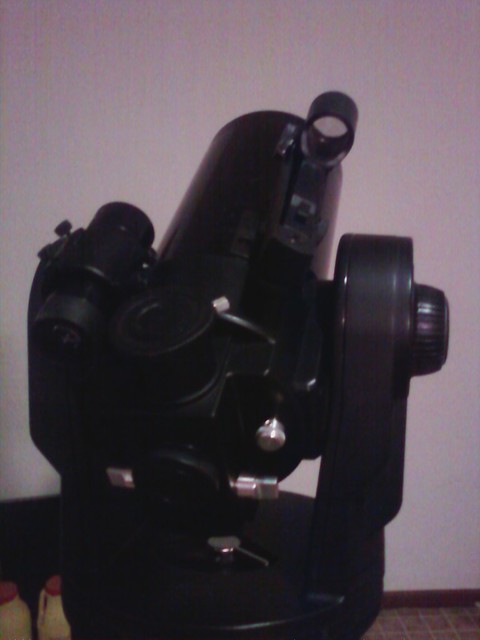
Now all I needed to do was dial it in. And I had at least two (if not three) easily seen objects to do it with. I took the telescope out on the lower patio and set it up. I opted to do an easy align this time with the Autostar handheld device and thankfully it picked Sirius as the first star to align upon. Sirius was the first non-planet object I saw after sunset earlier in the evening during my hunt for Mercury. After Jupiter, I saw Sirius appear about thirty minutes after sunset. The Dog Star was clearly visible through the bare branches of my mulberry tree and the Autostar got within five degrees of it on the first try. So, I at least had oriented the telescope to it’s home position on it’s mount correctly this time.
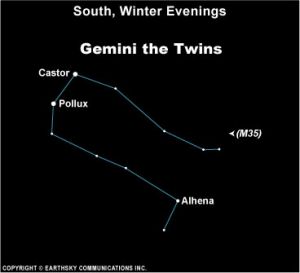 The second star for the easy alignment was Pollux, the twin to Castor in the constellation Gemini. Since my house is over two stories tall and I had setup the telescope ten feet west of the tallest part of it, seeing the constellation Gemini was quite a challenge. The two brightest stars (Castor and Pollux) had just peaked over the roof. Then I had a moment of panic. Which one of the two is Pollux? I knew Castor was brighter (because it’s actually a binary or double-star that I hope to one day see separately) so I zeroed in on the less bright star. The Autostar reported a successful alignment. Incidentally, Castor is the ‘star of the week’ over at Earthsky.
The second star for the easy alignment was Pollux, the twin to Castor in the constellation Gemini. Since my house is over two stories tall and I had setup the telescope ten feet west of the tallest part of it, seeing the constellation Gemini was quite a challenge. The two brightest stars (Castor and Pollux) had just peaked over the roof. Then I had a moment of panic. Which one of the two is Pollux? I knew Castor was brighter (because it’s actually a binary or double-star that I hope to one day see separately) so I zeroed in on the less bright star. The Autostar reported a successful alignment. Incidentally, Castor is the ‘star of the week’ over at Earthsky.
To test how successful the alignment might or might not be, I told the Autostar to go find Venus. Since I could clearly see Venus shining brightly next to the Moon, I knew I would be able to further tune the alignment of the telescope and the new finder scope using it as a guide star. The Autostar again got the telescope within five degrees (or less) of Venus so I proceeded to update the red LED finder scope’s focus. I had been so focused on my finder scopes that when I put my eye to the telescope’s eyepiece I realized I hadn’t even gotten one out of the case yet! I grabbed a 26mm eyepiece and quickly focused on Venus, but it was so bright I couldn’t get a crisp clean focus. I at least centered it in the telescope’s field of view and let the Autostar slew for a few minutes. Venus kept creeping slowly out of the center (nothing new but something I need to look into). Next stop, Jupiter.

Again, the Autostar got close, but not quite. I’m beginning to think I need to recalibrate and retrain the drives in the ETX-90 mount. Jupiter in all it’s glory with four moons visible (two on either side). I grabbed Terry out of the band room to take a quick look, but he retreated back inside because of the cold. I hardly noticed it, having stood outside during sunset for over and hour and now observing from the backyard in just a t-shirt and jeans (the house provided a substantial windbreak).
At this point, I was happy with the installation, configuration and usefulness of the new red LED finder scope. What could I attempt observing before packing up everything and returning it to the band room? Ah! Something in Orion. Thankfully, Orion appeared high in the sky, almost due south (just a bit to the east). Since I suffer from an extreme light pollution epidemic in Lansing, the higher up an object, the better to minimize the amount of light and atmosphere I need to peer through. Having a clear cold night to make the air dense also helps. I searched the Autostar’s object database and found the Great Orion Nebula. Fetch! I said and off the telescope went.
The telescope stopped in the general vicinity of the belt of Orion. I didn’t think that was the exact location of the Orion Nebula, so I grabbed my Sky & Telescope Pocket Star Atlas and confirmed the location as being in the sword, not the belt. Using both finder scopes, I slowly got the telescope oriented on the objects in the sword. Using the eyepiece, I slowly scanned the much smaller field of view and saw a grey cloud like smudge pass by. I stopped. I returned to the smudge. This must be it! I put in a stronger magnification eyepiece and spent several minutes taking in the sights of a nebula. Only long exposures with very sensitive camera equipment equatorially mounted … or the Hubble Space Telescope in orbit (outside of our dirty atmosphere) … can produce stunning color images like this one:

I hope it was the Orion Nebula. I am almost convinced it was, but since my telescope is a reflector (not a refractor), the image I view in the eyepiece is not only upside down, but reversed right to left, and almost always black-and-white (or gray). When I compare what I see to a star atlas, I have to do mental spatial gymnastics on the fly. I did get Terry to come out one more time and view the smudge that was a nebula before packing up the telescope and putting astronomy to bed for the night.
I woke up before sunrise this morning (no surprise … I always do that with or without an alarm). I fed the dogs and when I let them out the back patio door, I noticed to bright objects in the western sky. They both had to be Saturn and Mars. I went to Terry’s computer and logged in to my Astronomy.com account (since I subscribe to the electronic edition of Astronomy on my Nook Color, I get ‘extras’ on their website). Using their StarDomePlus Java application, I confirmed the contents of the sky at that exact moment from my location in Lansing. Yes! Mars was the bright spot in the western sky and Saturn appeared just up and to the southwest of it. If only I had gotten up an hour or so earlier, I could have set up the telescope (again) and looked at Mars and Saturn both. I think I just found my next astronomical hunting expedition.
Tonight’s highlights include, for early evening viewing, more of the Moon, Jupiter and Venus (and Mercury if I wanted to leave my backyard, but I’ll pass on that tonight). For a headsup on what to expect in the coming week, visit Sky & Telescope‘s This Week At a Glance site.


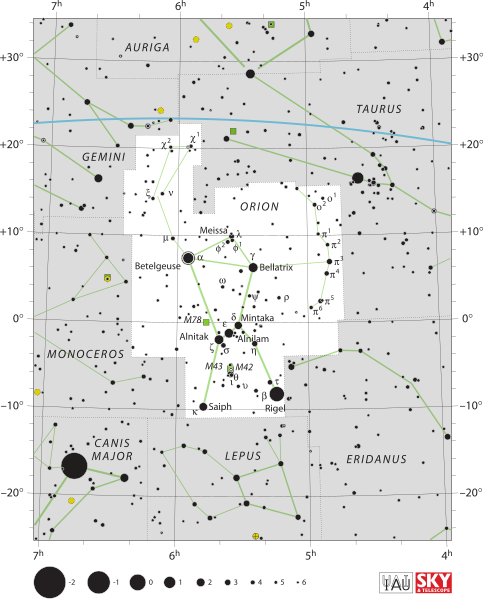
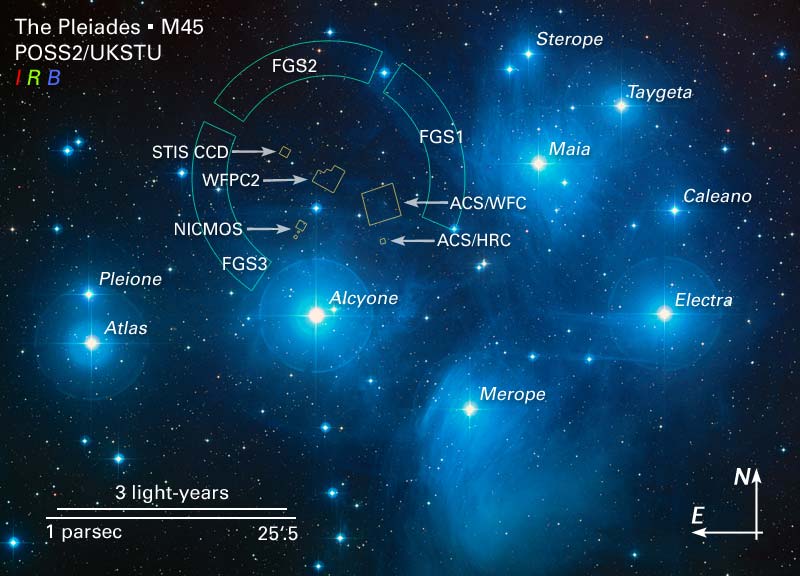

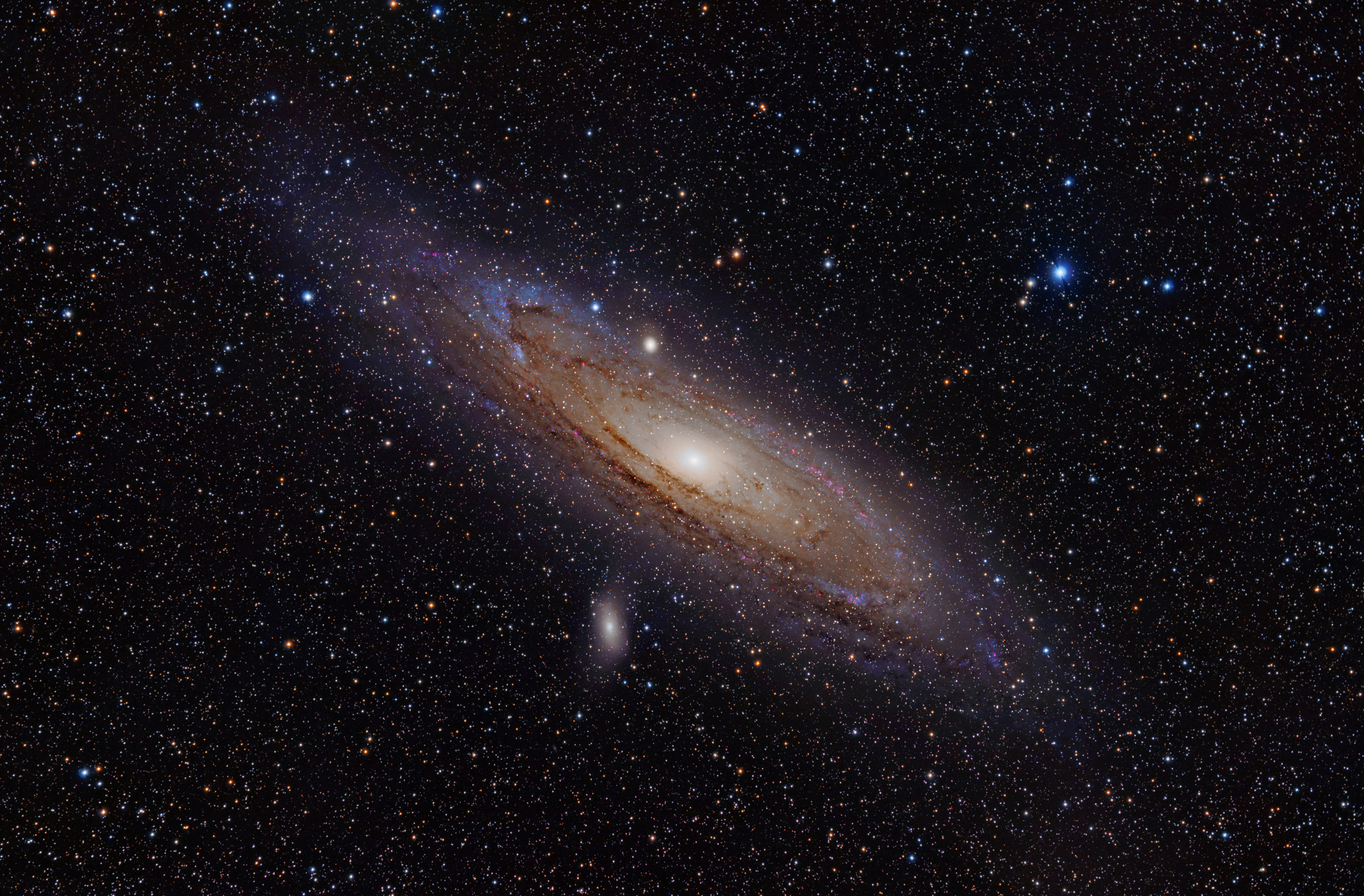
 Pure (99.97+%)
Pure (99.97+%) 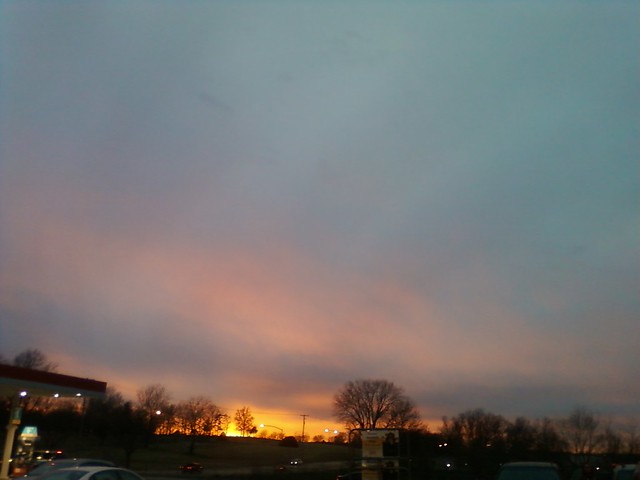













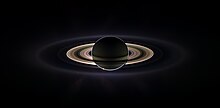


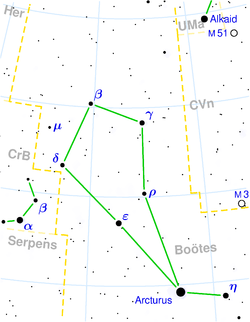
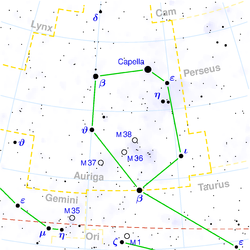
 We observed
We observed